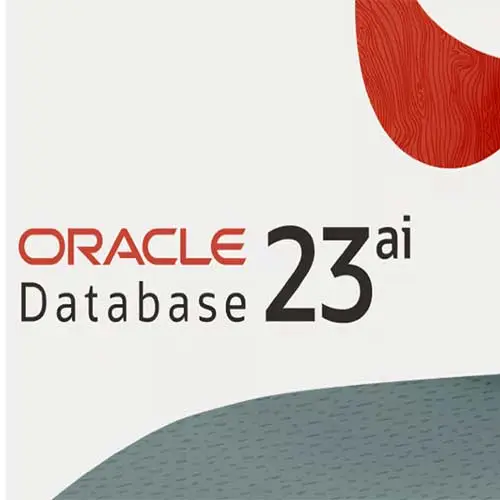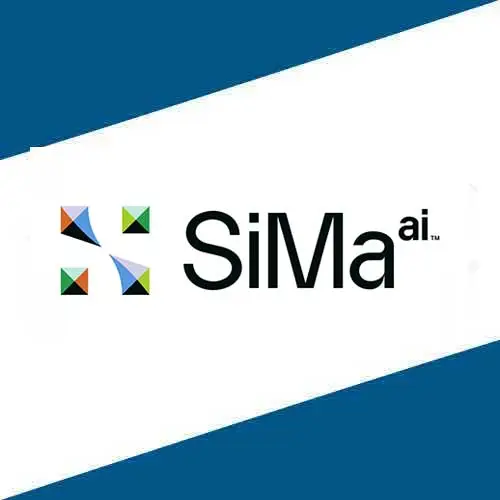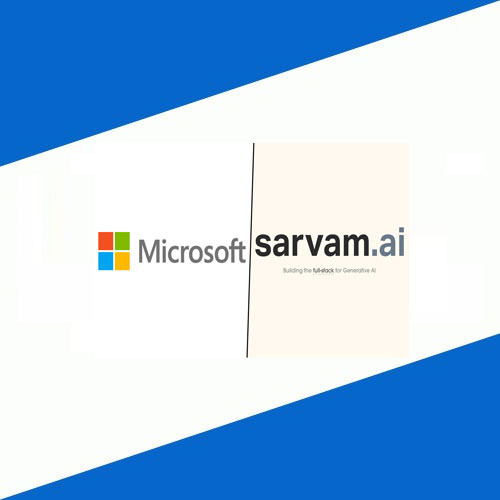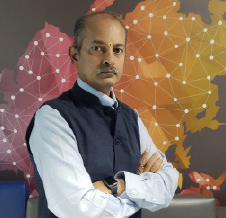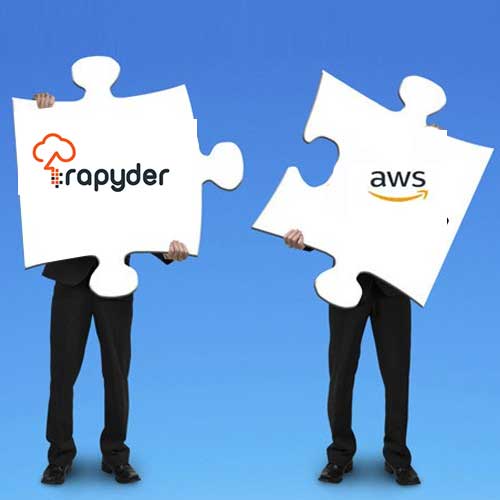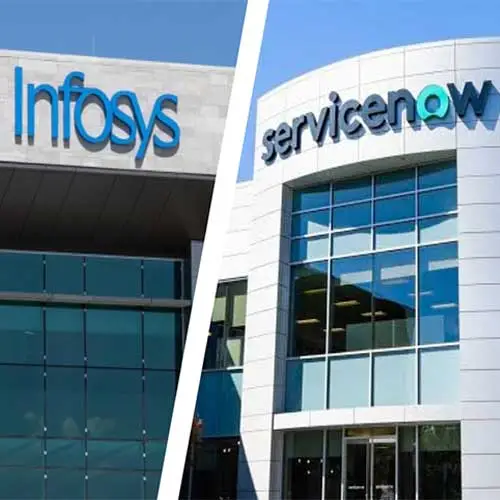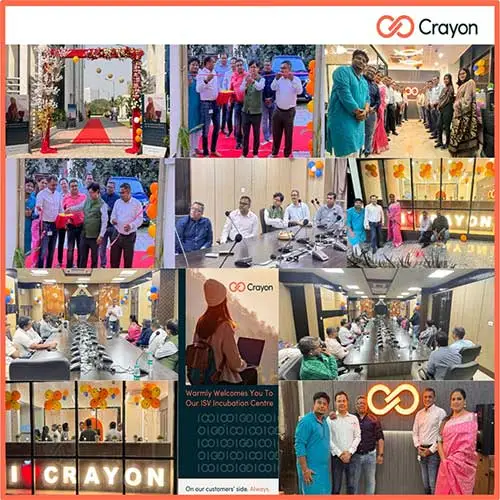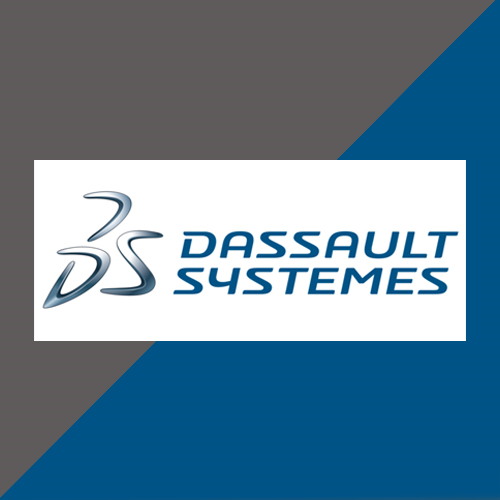SIP helps in bridging multiple technologies
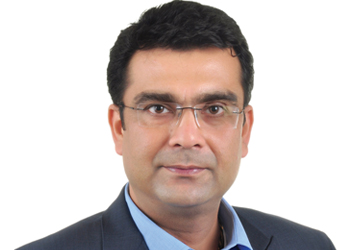
Oracle Communications is focussed on three areas, digitization & monetization, networks and core and enterprise business. Oracle is addressing the problem of connecting multiple technologies in an organization through transforming networks from TDM (Time-Divison Multiplexing) to SIP (Session Initiation Protocol). SIP is an open and standards-based protocol that empowers organizations to avoid vendor lock-in and choose from a broad selection of communications solutions and suppliers.
“Oracle Communications as an organization is split into three areas – digitization & monetization, networks and the core for service providers and Enterprise business where we talk about transforming networks from TDM to SIP environment and the technology that goes behind that. The problem that we are addressing is around connecting multiple technologies in an organization. You bought multiple PBXs, multiple communication systems and are struggling around the fact that how to top one on the other. There is a huge amount of investment involved if you reap and replace a technology,” says Amit Bishnoii, Senior Director APAC, Communications Global Business Unit Oracle.
Explaining about the technology Amit adds, “So we have technologies which enable you to actually get a legacy PBX interacts to another PBX. It is actually protecting your investment, infrastructure and gives you the ability to scale the network. This is possible because of SIP technology, session border controllers, communication brokers, etc.”
By replacing legacy TDM-based telephony infrastructure with SIP-based solutions and converging real-time voice, video, and unified communications (UC) onto a common Internet Protocol (IP) backbone, enterprises can consolidate equipment and trunks, streamline operations, and improve collaboration and worker productivity.
Further discussing the technology, he mentions, “If you look at technology, it changes from TDM to SIP. It is a protocol like you have voice over IP which you are using on the right side of the PBX. On the telco side, most of the organizations are working on the TDM circuit. Worldwide, this TDM is shifting to SIP which means all IP environment. The moment you introduce an IP network, there is a need for security, ensuring that you are able to transcode.
The biggest problem that we are solving for a customer is how to leverage the existing infrastructure. Leveraging our technology we enable new technology work on the existing one. So just imagine the amount of infrastructure that you are able to correlate and use together and transform your network from multivendor to a unified environment where though you are using multi equipments or multi-vendor equipments but still you are still able to cohesively talk to each other or communicate better within your network.”
Indian Market as an Opportunity
Oracle is in talks with large contact centers, banking and financial institutions and educating them about SIP technology. Contact centers are fast adopting this technology and over time banking and financial institutions will also start using this technology.
“We are talking to large contact center players, banking and financial institutions, educating them about SIP technology. We have already started seeing a significant amount of adoption by the contact centers. As the domestic market opens up, we would start seeing banking and finance domestic industry picking up on the SIP technology,” foresees Amit.
Focused Verticals
It is noticeable that banking and finance organizations are the fast adopters of SIP technology. The reason behind this adoption is high return on investment at a global level. It is also expected that as SIP will open up domestically with this enterprises will be also transitioning from TDM network to SIP.
“As organizations transform from TDI to SIP, we are observing the banking and finance institutions are getting into these technology at a much faster pace because the return on investment globally is very high. The second thing that we are observing is around the contact center space. These are the two big markets that we are seeing from an overall enterprise perspective. But as SIP opens up domestically in India as it is in the process of being opened up, there is a huge demand from enterprise perspective as well as from a service provider to get this going. Once this opens up, most enterprises will be transitioning their TDM networks to SIP. We have started seeing this happen across the Asia-Pacific region,” views Amit.
He also adds, “Depending on the network, environment and infrastructure, we have seen the customers to reach a significant RoI which ranges between 50% and 90%. But there is definitely a transformational RoI which all customers achieve around this.”
SIP – Beneficial to Contact Center
Highlighting the benefits of SIP for Contact Center, Amit explains, “The key for the contact center is, first they want an environment which makes the network simpler, to scale up and down, the flexibility to route the call across their network whichever way they want to, a device which will interoperate between multiple technologies which they have either bought or acquired and leverage their existing infrastructure. So a combination of technologies which are SIP, the Session Border Controller, the Communications Broker and the Operation Monitor which monitor the MOS of the voice on their network will enable them to deliver faster to their end-customer.”
Aparna Mullick
aparna@varindia.com
See What’s Next in Tech With the Fast Forward Newsletter
Tweets From @varindiamag
Nothing to see here - yet
When they Tweet, their Tweets will show up here.










